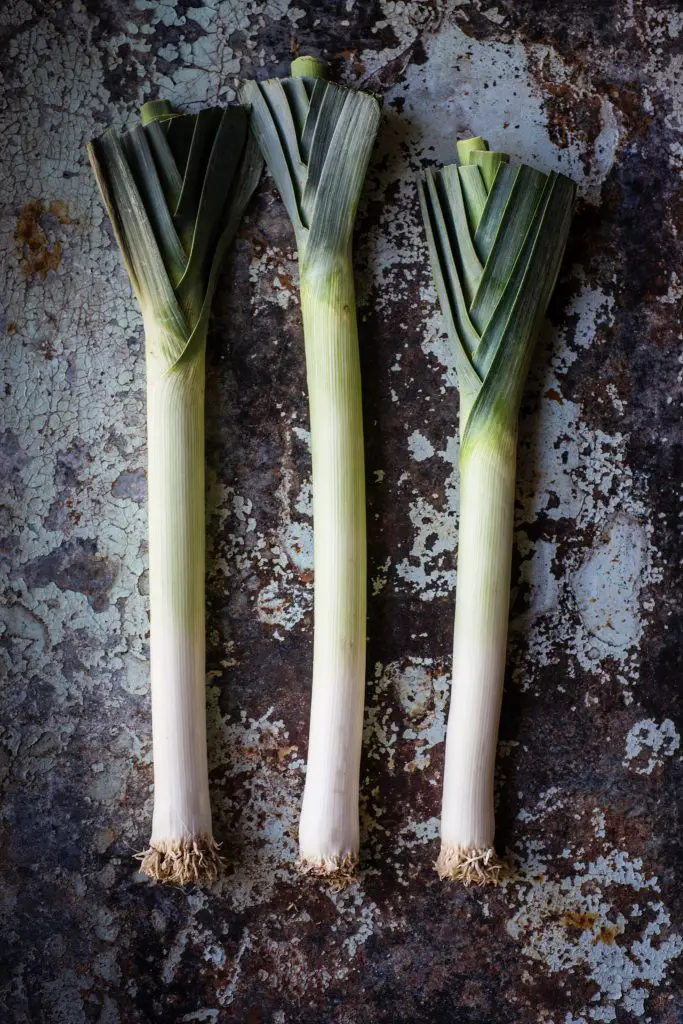Can You Plant Leeks In Clumps? The traditional approach among gardeners is to plants leeks individually which is an extremely time-consuming process. However, given that the plants are narrow and slender, like many of the plants in the alliums family such as Spring Onions which are often planted in clumps, can you do the same for leeks? Will it affect the yield your get?
Leeks can be planted in clumps in a similar way to Spring Onions, however, it is recommended that the clumps be limited to between 3 and 5 plants. The reason for this is that any more plants in a clump will affect the size of the leeks. This method of sowing has several advantages over the traditional approach as it is quick, easy, and high yielding. Additionally, this method also makes it easier to maintain a weed-free garden bed.
The well-known gardener market gardener, Charles Dowding, refers to this process as multi-sowing. He has applied this method to many different vegetables such as beetroots, radishes, onions, and turnips.

The Advantage Of Multi-Sowing
As mentioned above there are several advantages to multi-sowing that make it far superior to the traditional gardening approach.
The first benefit is that the transplanting of seedlings in the garden is much faster. For every planting hole, you make 4-5 plants go in rather than one.
The second benefit is that it allows the leek beds to maintained more easily. This is achieved by spacing the clumps about 10 inches apart, for this I normally use an equalidistant planting pattern as it is the most efficient. The distance between clumps allows a dutch hoe to be used between the plants to remove weeds quickly and easily. If weeding is done with a hoe semi regularly so that the weeds remain small it only takes a few minutes to weed a bed.
The third benefit is generally this method produces at least an equilivent yield to the traditional method of planting, but is often a slightly higher yield with a lot less work.
Tips On Multi-Sowing Leeks
There are a few tips that can be employed to make the sowing of leeks even more efficient.
Tip 1: Use modular trays
The advantage of using modular trays is that you can create ‘plugs’ of plants that can be removed and planted quickly and easily.
Tip 2: Firm the soil into the seed trays before planting.
The advantage of creating firm soil initially is that the ‘plugs’ can be removed as a whole, which makes the plants easier to handle and minimizes root distrubance when transplanting.
The best way to do this is to start by pouring the soil on top of the modular trays and then pushing the soil into the cells of the trays and then smooth the surface of the cells. Once this done use your fingers to firm the soil in place and refill the cells. The process may need to be done a couple of times to create a firm plug.
Tip 3: Sow 5-6 seeds per cell with the aim of getting 3 to 5 plants per cell
Sowing extra seeds ensure that you get at least your target number of plants. Any additional plants can be thinned out before transplanting.
Tip 4: Use a piece of wood with distance markings on the side to mark out plant positions.
The advantages of this is that it ensures that you don’t put the plants too close together which can cause maintenance problems later on. Straight lines are also asethically pleasing.
Tip 5: Watch the short video below by Charles Dowding it packed with great tips (see below)
